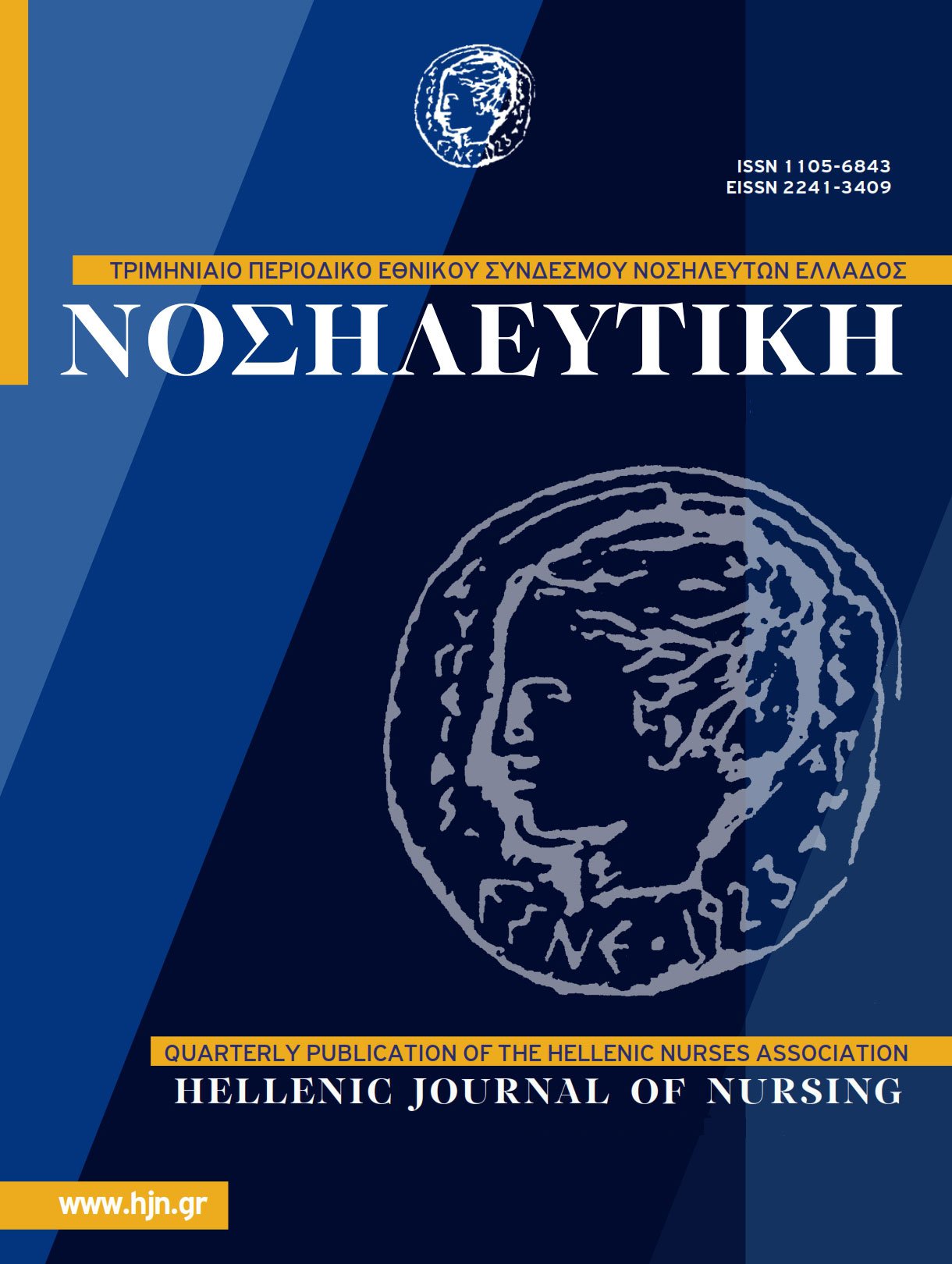Pathophysiological Mechanisms and Holistic Approach in Takotsubo Syndrome
Abstract
Introduction: Takotsubo syndrome (TS) or broken heart syndrome is a reversible cardiac disorder characterized by
systolic and diastolic left ventricular dysfunction and appears with symptoms of Acute Coronary Syndrome (ACS) without significant coronary artery abnormalities. The syndrome is associated with intense stressful emotional and physical
triggers, but has also been reported as a result of non-cardiac events. Aim: The aim of this study was to investigate
the pathophysiological mechanisms of syndrome and the optimal, evidence-based, holistic approach to patients with
Takotsubo syndrome. Material and Method: A literature review was conducted on both Greek and English languages,
through PubMed, Scopus, Science Direct και Google Scholar databases, using the key words: "Takotsubo Syndrome",
"broken heart syndrome", "mechanisms", "pathophysiology ","holistic approach ". Results: Patients with Takotsubo Syndrome are predominantly female (approximately 90%), in the age group over 50 years and have experienced intense
emotional stress. In some studies, it has been found that the mental disorder predisposes to TS. Plasma levels of both
epinephrine and norepinephrine were significantly elevated in patients with TC, suggesting that elevated catecholamine levels may be the main contributing factor. However, the mechanisms governing developmental sensitivity
and relapse are not totally understood. With the initial diagnosis of TS, the treatment of the disease is symptomatic with the ultimate goal of reducing the patient's symptoms and preventing its complications. When the patient is hemodynamically stable, beta-blockers, diuretics and angiotensin converting enzyme inhibitors, low molecular weight
heparin, and oral anticoagulant medication (if thrombosis is indicated) are given. In the case of cardiogenic shock, the
therapeutic approach includes: mechanical support of the left abdomen, extracorporeal oxygenation and intravenous
administration of levosimendan. At the same time, the psychosocial support of the patient and the interdisciplinary
cooperation are considered necessary for the holistic approach of the patient with TS. Conclusions: TS presents with
a similar clinical picture to ACS and therefore diagnosis is often absent or delayed, and is only examined when there
is no evidence of coronary heart disease. TS causes a reversible disorder and has a benign prognosis if the diagnosis
is made early and the patient is approached holistically



